Piraeus 2025
Explore Greece's premier harbour city: authentic experiences, rich maritime heritage, revitalised waterfronts, and easy connections to Athens and the islands.
TRAVELLING
Alessandro Rossi S
2/28/20258 min temps de lecture
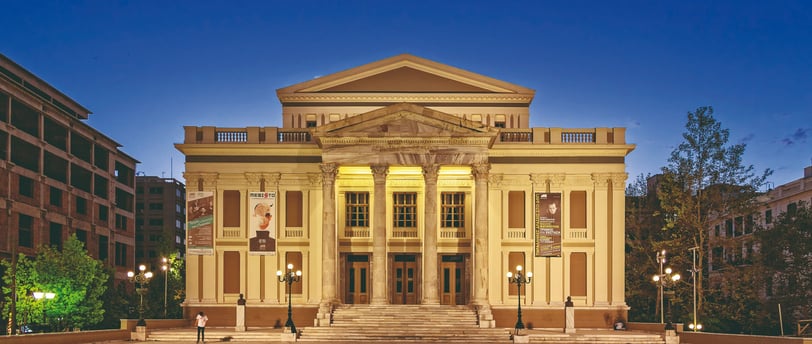

History
Key Takeways:
Piraeus Bank
Map of Piraeus
Transportation to Piraeus
University of Piraeus
Piraeus Tower
Piraeus Today
Conclusion
Piraeus stands as Athens' thriving port city and a prime real estate investment opportunity in 2025. Located just 12 kilometers from Athens, this bustling maritime hub is transforming into a perfect blend of historical significance and modern amenities. Visitors can enjoy newly renovated waterfront areas, expanded cruise terminals, and improved transportation connections to Athens and nearby islands.
Piraeus offers a unique proposition for property investors. The ongoing urban renewal projects, improved transportation links, and business expansion have transformed this ancient port into one of Greece's most promising real estate markets. Let's explore what makes Piraeus an exceptional choice for your next vacation stay.
The history of Piraeus dates back to ancient Greece, when it first served as Athens' main port in the 5th century BC. In the 7th and 6th centuries BCE (around 700–500 BCE), the Athenians used Phaleron Bay as a mooring area since marshes separated the present-day port from the mainland. However, around 493 BCE, the Athenian statesman Themistocles convinced his colleagues to fortify and develop Piraeus as the main naval base. These fortifications were completed after 479 BCE, securing Piraeus as a strategic harbor for Athens' growing fleet.
The port played a crucial role in establishing Athens as a naval superpower during the Golden Century. After falling into decline during Roman and Byzantine periods, Piraeus was revitalized in the 19th century when it was designated as the official port of Athens in the newly independent Greek state.
The modern revival began when architect Stamatis Kleanthis designed a new city plan, and Piraeus was officially designated as Athens' port in 1834. The opening of the Corinth Canal in 1893 and the Athens-Piraeus Railway greatly enhanced its commercial significance. Despite heavy damage during World War II, Piraeus rebuilt and expanded, becoming one of the Mediterranean's busiest ports. In 2016, China’s state-owned shipping company, COSCO Shipping, acquired a 51% stake in Greece’s Piraeus Port Authority (PPA) for €280 million. By October 2021, COSCO completed the acquisition of the additional 16% stake, increasing its total ownership to 67%.
Today, Piraeus proudly preserves its historical sites alongside modern developments, offering visitors glimpses into its storied past through archaeological remains, maritime museums, and traditional neighborhoods that reflect centuries of Greek urban life.
For those looking for activities, Piraeus offers a range of attractions, including the Port of Piraeus, the Archaeological Museum of Piraeus, and various day cruises and port tours.
Piraeus Bank stands as one of Greece's leading financial institutions, with its origins closely tied to the port city it's named after. Founded in 1916 as a commercial bank to serve the growing maritime and trading activities of Piraeus, the bank has evolved significantly over its century-long history. The bank began trading on the Athens Exchange in 1918 and was later nationalized by the Greek government in 1975, transforming it into a universal bank. It was privatized again in 1991, marking a significant phase in its growth and expansion.
Initially focusing on financing shipping and trade operations, Piraeus Bank expanded its services to meet the diverse financial needs of Greeks and businesses throughout the country. After weathering Greece's financial crisis in the 2010s, the bank emerged stronger with modernized digital banking services and a renewed commitment to supporting local enterprises.
Today, visitors to Piraeus will notice the bank's distinctive yellow logo throughout the city, with the flagship branch located near the port offering specialized services for both residents and international visitors.
The city's layout is divided into distinct areas that are easy to navigate with the right map guidance. Central Piraeus contains the main port facilities with ferry terminals clearly marked for travelers heading to the Greek islands.
Just east of the central port, visitors find the charming Pasalimani and Mikrolimano areas, home to fishing boats, yachts, and seaside restaurants. The Kastella hill neighborhood to the south offers panoramic views and narrow streets perfect for exploration.
Modern Piraeus maps highlight efficient public transportation options, including the Metro Line 1 connecting to Athens, the suburban railway, and the newly expanded tram network.
Digital maps available through the city's tourism office mark key attractions like the Archaeological Museum of Piraeus, the Maritime Museum, and the municipal theater.
Spend your morning outdoors exploring the scenic coastline of Piraeus. Start your coastal walk from the metro station, following the harbour past the iconic lion statue at its entrance and the historic Naval Academy.
Continue towards Peiraiki and Zea Marina, before reaching the picturesque Mikrolimano, a perfect spot for a seaside coffee or fresh seafood. The entire walk takes about 2–3 hours, offering breathtaking views, a glimpse of maritime history, and a true feel of Piraeus’ vibrant charm.
The Metro Line 1 (Green Line) provides the most popular route, connecting central Athens to Piraeus in just 20 minutes, with trains running frequently from early morning until midnight.
For those arriving from Athens International Airport, the suburban railway offers direct service to Piraeus with comfortable, air-conditioned trains. Bus routes X96 and X97 also connect the airport to Piraeus, operating 24/7 for travelers with early or late arrivals.
Within the city, the expanded tram network now links Piraeus to Athens' southern suburbs and beaches. Taxis are readily available throughout Piraeus, with designated stands at the port, train station, and major hotels. For environmentally conscious visitors, the city's bike-sharing program offers an excellent way to explore the waterfront areas.
When planning your journey, the Athens Transport Authority app provides real-time updates on all public transportation options, making navigation to and around the area seamless for every traveler.
Founded in 1938 as the School of Industrial Studies, it has evolved into a comprehensive university with nine academic departments serving over 20,000 students. The University of Piraeus ranks among Greece's most respected educational institutions, offering quality higher education with a special focus on business, economics, and maritime studies.
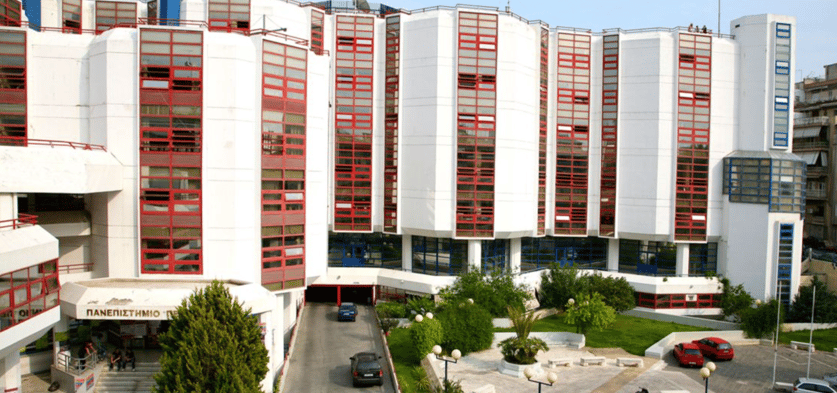

Its strategic location near Greece's largest port creates unique opportunities for research and industry partnerships, particularly in shipping, logistics, and international trade. The main campus, situated just 1 kilometer from the port, features modern facilities including state-of-the-art computer labs, a specialized maritime studies library, and recently renovated lecture halls.
International students appreciate the university's English-taught master's programs and exchange opportunities with partner institutions worldwide. The university's research centers actively contribute to solving real-world challenges facing the maritime industry and Greek economy. Visitors to Piraeus can explore the campus during regular business hours, with the university museum showcasing the institution's history and achievements in advancing Greek maritime education and research excellence.
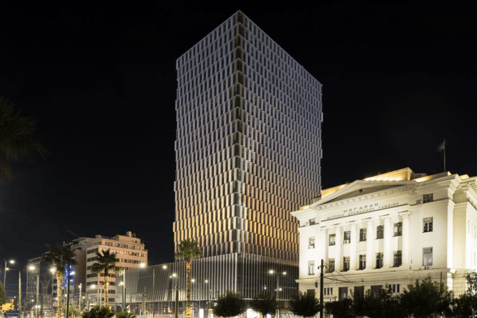

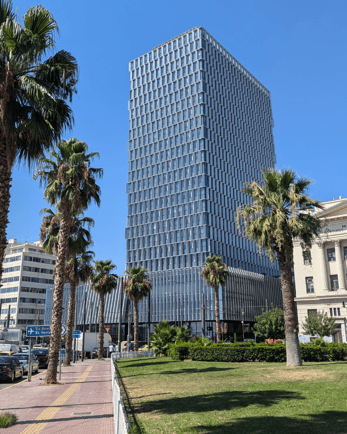

Originally built in 1972 but left unfinished for decades, this 84-meter skyscraper has been transformed into a modern, sustainable building that symbolizes Piraeus' revival. Piraeus Tower stands as the defining landmark of the city's skyline in 2025, following its complete renovation and reopening. The tower now features a striking glass facade with smart energy systems that reduce its environmental footprint while creating a stunning visual presence visible from arriving ferries.
Visitors can enjoy the panoramic observation deck on the 22nd floor, offering breathtaking 360-degree views of the port, Athens, and the Saronic Gulf.
The lower floors house premium office spaces for shipping companies and tech startups, while mid-level floors contain conference facilities and exhibition spaces dedicated to maritime innovation.
The ground and first floors welcome visitors with high-end restaurants, cafes, and retail shops showcasing Greek products.
As Greece's primary maritime gateway, the port handles over 20 million passengers annually, connecting mainland Greece to its many islands through regular ferry services. Piraeus today thrives as a dynamic fusion of working port, cultural hub, and tourist destination. Beyond its maritime functions, modern Piraeus boasts revitalized neighborhoods where locals and visitors enjoy authentic Greek experiences. The once-industrial areas around the port have transformed into vibrant districts with stylish cafés, innovative restaurants, and boutique hotels.
Cultural attractions include the renovated Municipal Theater, the Archaeological Museum with its impressive bronze statues, and regular festivals celebrating the city's maritime heritage.
Local markets like the bustling Agora offer fresh seafood and regional specialties, while the scenic marina areas of Mikrolimano and Marina Zea attract visitors with their picturesque settings and waterfront dining.
Despite increasing tourism, Piraeus maintains its authentic character as a living, working city where visitors can experience genuine Greek urban life alongside historic sites and modern attractions, making it much more than just a transit point on the way to the islands.
Piraeus in 2025 represents the perfect blend of Greece's rich maritime history and its dynamic future. From its ancient origins as Athens' vital naval base to its current status as a revitalised urban centre, Piraeus offers visitors an authentic Greek experience beyond the typical tourist destinations.
The city's impressive transformation is evident in landmarks like the renovated Piraeus Tower, its modernised port facilities, and the thriving university that fuels innovation in maritime industries. Whether you arrive in Piraeus as a gateway to the Greek islands, for business at its financial institutions, or to explore its cultural attractions, you'll discover a city proud of its heritage yet confidently moving forward.
With excellent transportation connections, diverse neighbourhoods to explore, and genuine local experiences, Piraeus rewards travellers who venture beyond Athens to discover this historic port city. As Greece continues to evolve as a destination, Piraeus stands ready to welcome visitors with its unique character, maritime charm, and authentic Greek hospitality.
Sources:
Wikipedia contributors. (n.d.). Piraeus. Wikipedia, The Free Encyclopedia. Retrieved March 24, 2025, from https://en.wikipedia.org/wiki/Piraeus
Encyclopaedia Britannica. (n.d.). Piraeus. Britannica. Retrieved March 24, 2025, from https://www.britannica.com/place/Piraeus
Greece.org. (n.d.). Piraeus Port. Poseidon Team. Retrieved March 24, 2025, from https://www.greece.org/poseidon/work/sea-ports/piraeus.html
Greek Architects. (n.d.). Κλεάνθης Σ. (1802-1862). Retrieved March 24, 2025, from https://www.greekarchitects.gr/gr/greek-architecs/kleanthis-s-1802-1862-id163
Business & Human Rights Resource Centre. (n.d.). Retrieved March 24, 2025, from https://www.business-humanrights.org/
Piraeus Bank. (n.d.). Retrieved March 24, 2025, from https://www.piraeusbank.gr/
Piraeus Holdings. (n.d.). Historical course of the group. Retrieved March 24, 2025, from https://www.piraeusholdings.gr/en/the-group/istorikh-diadromh-omiloy
Blue Star Ferries. (n.d.). Piraeus Port Map. Retrieved March 24, 2025, from https://www.bluestarferries.com/en-gb/piraeus-port-map
Google Play. (n.d.). AT&T Mobile Transfer App. Retrieved March 24, 2025, from https://play.google.com/store/apps/details?id=com.att.android.tfa&hl=en&pli=1
University of Piraeus. (n.d.). Retrieved March 24, 2025, from https://www.unipi.gr/en/home/
Piraeus Tower. (n.d.). Retrieved March 24, 2025, from https://piraeustower.gr/
Piraeus Chamber of Commerce and Industry. (n.d.). Retrieved March 24, 2025, from https://www.dithepi.gr/en
Archaeological Museums of Greece. (n.d.). Retrieved March 24, 2025, from https://archaeologicalmuseums.gr/en
Piraeus has transformed from primarily a transit hub to a destination worth exploring, combining maritime heritage with modern amenities.
The city's strategic location, just 12km from Athens, makes it an ideal base for exploring both the capital and the Greek islands.
Multiple transportation options (metro, suburban railway, buses, and trams) provide easy access from Athens and the international airport.
Visitors can experience authentic Greek urban life through local markets, seafood tavernas, and cultural events that showcase the city's unique character.
Contact
+30 210 4534543
+30 6984731841
© 2025. All rights reserved.
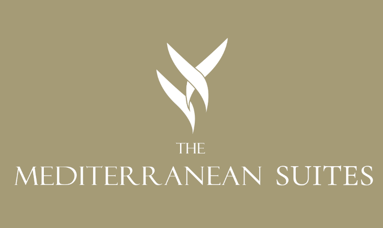

Our Links
Conditions Générales
